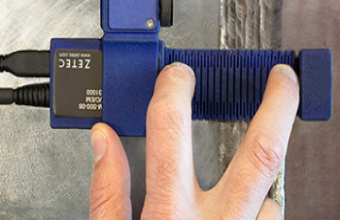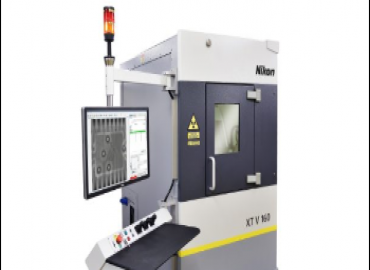In a significant advancement for structural health monitoring and non-destructive testing (NDT), a team of researchers led by Trung L.Q., Khuong N.D., and Dung T.T.H. has developed a flexible eddy current array measurement system specifically engineered for detecting cracks in the weld zones of steel structures. This cutting-edge technology promises to redefine inspection accuracy and bolster the safety and reliability of critical infrastructure across the construction, transportation, and energy sectors.
The integrity of steel welds represents a major vulnerability in large-scale structures, as these zones are often the origin points for catastrophic failures. While conventional NDT methods are valuable, their effectiveness is often limited by a lack of flexibility, making it difficult to inspect complex geometries or confined spaces efficiently. The new flexible eddy current (EC) array system is a game-changing solution, designed to overcome these challenges with unprecedented adaptability and detection capability.
Central to this innovation is a multi-element sensing array that conforms to the irregular and curved surfaces common in welded components. The technology operates on the fundamental principles of eddy current testing: alternating electromagnetic fields induce localized currents, and flaws like cracks disturb these currents. The flexible design is crucial, ensuring sustained contact and consistent sensor-to-surface distance—critical factors for reliable data acquisition.
Compared to single-coil probes, the multi-element array provides a significant improvement by simultaneously scanning large surface areas with high spatial resolution. This multi-sensor architecture facilitates advanced signal processing to identify subtle crack features with high sensitivity. Beyond simply locating cracks, the system has the potential to characterize their depth and orientation, providing vital data for informed maintenance decisions.
The researchers have successfully fabricated these flexible sensor arrays using state-of-the-art materials and circuit integration. The arrays are embedded in adaptable substrates that maintain electrical performance while molding to the contours of weld zones. Paired with portable data acquisition units and real-time imaging software, the system allows inspectors to perform rapid, on-site evaluations without the need for expensive or bulky equipment. The flexible array's adaptive nature also allows it to function effectively despite surface roughness and environmental noise, which often degrade the accuracy of other NDT techniques.
As global infrastructure ages, the demand for reliable and efficient inspection tools grows more critical. This flexible eddy current array system, with its enhanced crack detection capabilities, aligns perfectly with the need for frequent and accurate structural health assessments, which can prevent failures, extend asset service life, and reduce maintenance costs. Furthermore, the technology’s design facilitates integration with robotic platforms or drones, enabling automated inspections in hazardous or hard-to-reach locations. This not only improves safety by minimizing human exposure but also increases inspection frequency and coverage.
With its versatility, the system is applicable across various industries, from shipbuilding and aerospace to power generation. The scalable design allows arrays to be tailored to different inspection scopes. The researchers also highlight the potential for coupling this technology with advanced machine learning algorithms to enable automated interpretation of eddy current signals and classification of crack types. Experimental evaluations have already demonstrated the system’s high accuracy and reproducibility in identifying cracks of various dimensions under simulated operational conditions, reinforcing the belief that flexible eddy current arrays could soon become a new standard for weld zone inspections.
Reference: https://bioengineer.org/flexible-eddy-current-arrays-detect-cracks-in-steel/












